Raspleta a rainbow — like light mysteries has led humanity to the discovery of dark matter?
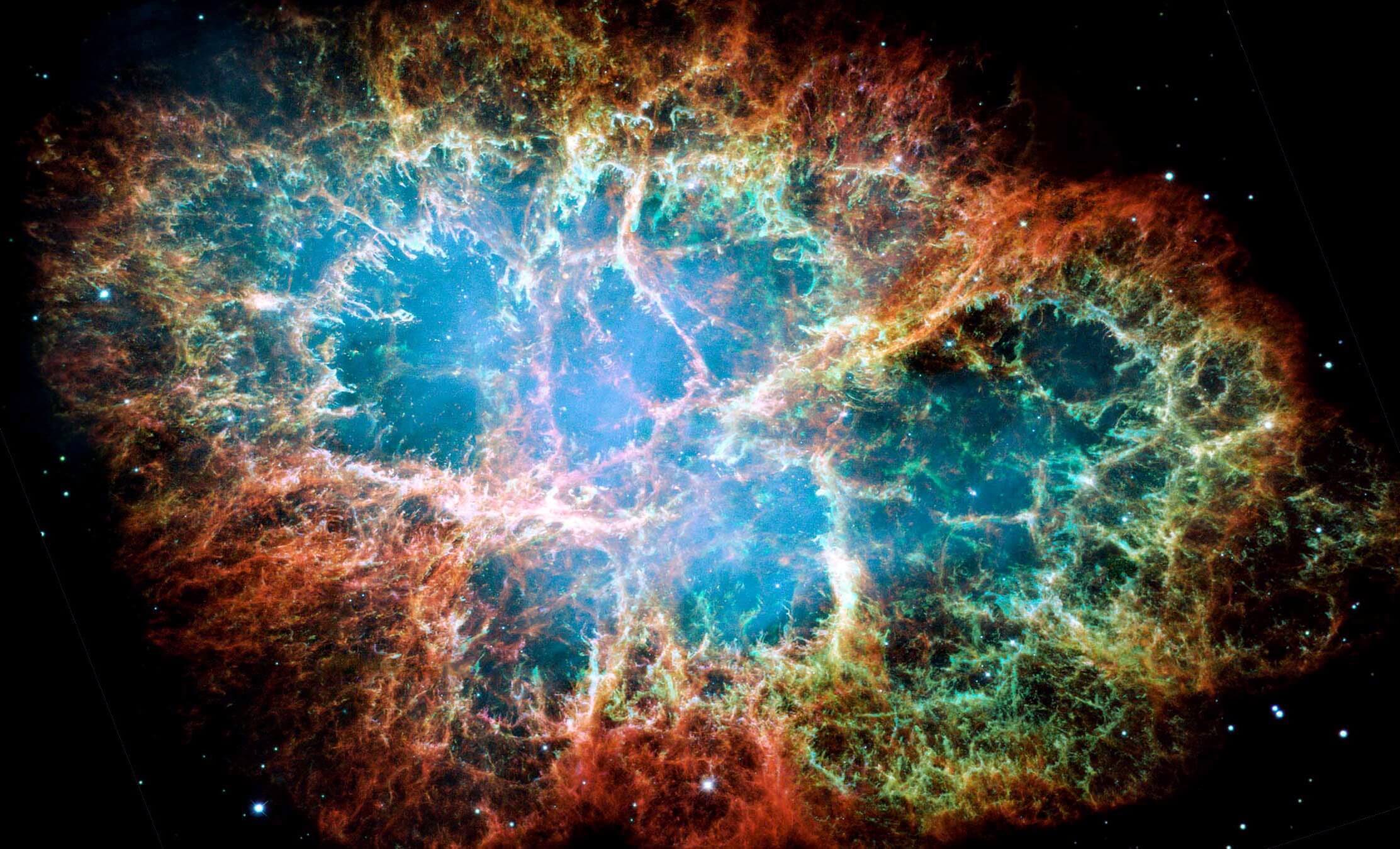 Source:
Source:
The Space as it showed us the science, is much more mysterious than we could imagine. Even that we see every night is absolutely not what you seem. Light, time, space and gravity create reality beyond our comprehension. And yet today human civilization has reached unprecedented heights. We managed to go all the way from the ancient tribes of hunter-gatherers to the first people, published in open space. This became possible due to the large number of factors and people who lived in different eras, but without which you are unlikely now to read this article. The formation of the modern world has become possible thanks solved , since the age and size of the space depicted in it. All that we see today and everything we know about the Universe made possible thanks to the light hides much more secrets than it seems at first glance.
Where in the sky the ghosts?
In 1802 by the English astronomer William Herschel came to the conclusion that the stars — this is the same “sun”, but they are located very far from the Earth, but because we seem to be tiny. The light of these stars is moving very quickly, but it still requires time to reach us. To reach the Ground the light of the nearest stars would take years, and in the light of more distant stars — for centuries. Some of the heavenly luminaries are located so far away that by the time their light reaches us, they'll die. It turns out that heaven which we see is full of “ghosts”, and the telescope — a real time machine. But what do we know about the light?
Light travels at 300 thousand kilometers per second. About the same distance from Earth (at a distance of one light second) is the Moon. Every time we look at the moon, we look for one second into the past. But what about the Sun? To reach us, sunlight takes about 8 minutes. This means that if our native star suddenly goes out, we'll know about it eight minutes later. But the distance from Earth to Neptune varies depending on their relative position in orbit. On average, light takes him for four hours. It appears, from Earth, we see the Neptune as it was four hours ago. Needless to say, how far back can look modern telescopes.
If you gradually removed from the Solar system, light hours turn into weeks, months and years. Distance in space, scientists measure in light years. One light-year light travels about 10 trillion kilometers. So, Proxima Centauri — the nearest star — located four light years from the Earth, and the gathering of the Pleiades 400 light years. In 1609 first looked through a telescope. It was then that the light of the Pleiades reached our planet.
the crab nebula is at a distance of 6 523 light-years from Earth.
When we look from Earth to the crab nebula, which is located in the constellation of Taurus, we look into the more distant past. Once upon a time the crab nebula was a giant star 10 times more massive than our Sun, and then went supernova, known as SN 1054. In the centre of the nebula is — skalpirovaniya star the size of a city that makes 30 revolutions per second. The vortex of revolutions of the pulsar dispersed nearby electrons to nearly the speed of light. As a result, they begin to glow with blue light, illuminating the flow of gas that is still emanating from the supernova.
Thus, the more celestial objects you can see with our telescopes, the farther back we can go. The most ancient light that managed to capture the space telescope Hubble, 13.4 billion years. This light from the earliest galaxies that we have ever seen and it appeared at a time when neither the Sun nor our planet did not exist. Peering even further into the depths of space, we think that we will see the end of the Universe. But actually we see the beginning of it — the Big Bang, which occurred 13.8 billion years ago and marked the beginning of all living things. But that was before nobody knows.
it looks like the light from the oldest galaxy age of 13.4 billion years
what can the light?
The Ancient Chinese and Greeks have seen what amazing things it can do light. This is confirmed by the camera obscura — the simplest form of the device, allowing to obtain optical images of objects. The first camera obscura was a lightproof box with a small hole in one of the walls and the screen — a sheet of white paper or a frosted glass — on the opposite side. When the light rays passed through a small hole, they have created an inverted image on the screen. The first mention of the camera obscura date back to the fifth century Chinese philosopher Mao-Tzu. However, the answer to the question of why this is so, mankind had to wait a long time.
A Thousand years ago in the city of Basra (modern Iraq) lived a scientist-universal Ibn al-Haytham. Physicist, mathematician, engineer and astronomer was interested in things that other people take for granted. Al-Haytham wanted to understand how we see and unravel the mysteries of the world. It was he who discovered that light travels in a straight line and soon built his own camera obscura. But the camera obscura only works well when , and the light of the moon and the stars are not enough. In order toto observe distant objects in the sky needed something more. That something turned out to be optical lenses. However, before Galileo Galilei first looked through a telescope passed 600 years.
Rasplata rainbow: spectrum of light and infrared radiation
The Light has incredible properties that are not similar to other, familiar person. The elementary particle of light — a photon emitted by the atom or molecule is “born” — if that word is appropriate to use — the speed of light. No other particle is not able in one moment to accelerate to the speed of light. The reality is that nothing can move faster. But what is light?
Every Hunter Knows Where the Pheasant.
As Ibn al-Haytham, Isaac Newton wanted to know the answer to this question since childhood. By age 20, he became the first man who solved the mystery of the rainbow: Newton saw that white light solar — nothing but a mixture of all colors of the rainbow. The decomposition of the image light in all colors called Newton . It's startling discovery of a young scientist, however, was incomplete, because the light, as we know today, is the key to the mysteries of space and distant worlds. Next time on the most unusual properties of light the world will know only after 150 years. It will fall to the lot of another scientist who will make his discovery, as it often happens, quite by accident. This is the story of science — many of the characters reveal the secrets of our existence century after century.
In 1800 the English astronomer William Gershel, who first realized that the night sky is full of “ghosts”, studied the sky using the most modern telescopes of his time. Given the mystery of the rainbow, which was solved by Isaac Newton, Herschel thought — can some colors be warmer or colder than others? To test this hypothesis, Herschel has established three thermometers on a white sheet of paper. The control thermometer was out of range — that is, not covered by sunlight. The results of the experiment showed — indeed warmer than blue. However, the values of the control thermometer for a long time did not give the scientist peace: the fact that he discovered an invisible presence that is hidden below the red part of the spectrum. Later it became known as infra-red, because infra Latin for “below”. Human eyes, unlike skin, is not able to capture infrared radiation. But we feel his warmth.
Why the light — the key to understanding the cosmos?
About the same time as Willam Herschel discovered infrared radiation, Joseph Fraunhofer, the son of a poor glazier, and worked in his father's workshop. After his death the young Fraunhofer at the age of 12 years came to study and then work in the glass Studio in Munich. Thanks to a series of random events, the future physicist in 1806 he received a mathematical education and became assistant mathematical and optical Institute in Munich. There were made of lenses and optical instruments. At the age of 27, Joseph Fraunhofer became a leading Creator of high-quality lenses and optical equipment.
Looking for a better glass for lenses Fraunhofer was experimenting with prisms. As the light — is both a particle and a wave, as the wavelength of sound determines the pitch we hear, the wavelength of light determines the color we see. But as a prism separates the colors hidden in the beam of sunlight? When light moves through air or space, all colors are moving at the same speed. But faced with the glass at an angle, the light slows down and changes direction. It turns out that inside the prism, each color travels at a different speed.
Confronted with the glass at an angle, the light changes its direction.
In the glass the color purple — its light waves are some of the short — slowing more red, which waves longer than the most. These changes in speed divide the colors so that they move in slightly different directions. This opening could make Isaac Newton, but the stars decided otherwise. The opening of the Fraunhofer marked the beginning — the topic of astronomy that studies the physical processes in astronomical objects using the principles of physics and chemistry. But how? Fraunhofer saw that in the light of the depicted vertical black lines — the real secret code. As told by astrophysicist and science popularizer Neil Degrasse Tyson in the series , this cipher has come to us from “another universe”. On the decoding of the message enclosed in these mysterious black lines left nearly 100 years.
Vertical black lines — the key to understanding the cosmos
are There any color really?
Have you ever Thought ever about where did all this amazing palette of natural colors? The secret lies in the fact that different lengths fall on the Ground. The petals of each individual flower such as lupine, absorb all low-energy red light waves, but reflect a more short and snappy blue. The interaction between the petal and star light — that makes the flower blue. The same principle applieseverything else on Earth. It turns out that color — this is how the human eye sees the energy light waves. Nothing more than an elaborate illusion, isn't it?
In fact, the lupins do not have a certain color. Blue their our eyes see
What is a spectral line?
But back to the spectrum of the Fraunhofer-Gesellschaft. What creates these mysterious lines? It turned out, they occur when light waves of certain colors are absorbed. Here only it happens on a completely different level of reality — to .
To avoid confusion, let us recall what are the atoms. So particle of matter of microscopic dimensions and masses — the smallest part of a chemical element and its bearer properties — is the atom. Atoms consist of nuclei and electrons, and the nucleus of an atom consists of protons and neutrons. The number of neutrons in the nucleus can vary from zero to several tens. The fewer electrons, the easier the atom. This, incidentally, is a hydrogen atom. In space it is found most frequently and consists of one electron and one proton. But in the quantum world it is not so, as in our. So, each electron revolves around the nucleus, but its orbital and size are strictly limited for each of the chemical elements. For this reason, the substances are so different from each other — the energy properties of matter are determined by the orbitals of its electrons. Than the orbital, the more energy of the electron.
the structure of the atom: electrons “dance” in orbitals around the nucleus
When Fraunhofer examined the solar light through a prism, it increased its range with a telescope. So the scientist figured out the secret cipher of the world — the black lines turned out to be nothing but a dance of electrons in the atom. When the energy of the electron decreases and it jumps to a lower orbital, the light it emits is lost. Black vertical lines appear in the spectrum because most of the light simply does not reach us. Some of these dark lines — the shadow left by the atoms of hydrogen in the solar atmosphere. Other left by the atoms of sodium, iron, etc. different chemical elements cast different shadows and it happens because of the number of electrons and their orbitals.
So, if you look at a star through a spectrometer, you can see the dark lines from the elements contained in the atmosphere. But with the help of the spectrometer it is possible to look not only at stars and distant galaxies. Spectroscopy methods enable us to determine anything. Thanks to the spectral lines Fraunhofer, we learned that all the galaxies, stars and all living beings on our planet are composed of the same elements. Each element, wherever he may be, has its own unique signature. However, the most surprising discovery of spectroscopy was the fact that she was not able to see. We are talking about dark matter. It is believed that the most mysterious form of matter in the Universe not with electromagnetic radiation. While it is 85% of all matter. Today, scientists believe that dark matter consists of particles that are not yet discovered. And despite the fact that today we have more questions than answers, the history of science shows that we are on the right track.
Light — not what it seems
Recommended
The Americans on the moon: what everyone should know?
the Upcoming cosmonautics day is my favorite holiday. It marks the triumph of the human mind: in just four thousand years Homo Sapiens went from hunter-gatherers to space explorers. 12 April 1961 Soviet cosmonaut Yuri Gagarin became the first man in ...
Why are some galaxies spiral shaped?
you Know what surprised me the most? The fact that we perceive the surrounding world as it is. Animals, plants, the laws of physics and the cosmos are perceived by many people as something so mundane and boring that they invent fairies, ghosts, monst...
Astronomers were able to see the death of another star system
In the cosmic ocean drifts a lot of mysteries about the existence of which we are unaware. One of these was uncovered five years ago, when astronomers have discovered a lonely star at a distance of 570 light years from Earth, the brightness of which ...
Related News
Japan will send a spacecraft to Mars
Japan — the world's fourth space power after US, Russia and China. Despite the fact that the land of the rising sun currently specializiruetsya mainly in the launches of orbital satellites, in the near future Japan could mak...
Discovered a new potentially habitable world
K2 Exoplanet-18b located at a distance of 124 light years from Earth, was discovered in 2015 in the constellation of Leo, orbiting the red dwarf star K2-18. After analyzing the atmosphere of a detected object, scientists have foun...
Future explorers of Mars can cause the appearance of new viruses
a New virus called SARS-CoV-2 is the same that caused the recent outbreak of a dangerous disease called COVID-19. While the world health organization is trying to find an effective way to treat the disease, NASA is hard at work on...
Japan will send a mission to the moons of Mars
Japan — the world's fourth space power after US, Russia and China. Despite the fact that the land of the rising sun currently specializiruetsya mainly in the launches of orbital satellites, in the near future Japan could mak...
What could be life on Jupiter?
— one of the Galilean rotating at pretty close to the planet giant orbit. Scientists have for a long time arguing about the existence of any alien life under a thick layer of ice that small moon, as comprehensive observatio...
The Earth has a new moon, but you hardly notice it
About three years ago, the object named by astronomers 2020 CD3, was a common asteroid, wandering in the endless expanses of the Universe. Once in the network of Earth's gravity, the stone of Carboniferous rocks became earth's sat...
Artificial intelligence has discovered 11 potentially hazardous to Earth asteroids
the Solar system and its nearest neighbors, literally filled with asteroids. Most of these objects are never cross with us, but some of them actually represent, or will represent a threat to our planet in the future. So, 65 millio...
Amazing discoveries of NASA InSight mission: seismic activity and radiance of the Martian sky
Six exciting published in the journals Nature Geoscience and Nature Communications describe in detail the discoveries made by the apparatus of InSight, which first landed on Mars in November 2018. News about the final confirmation...
New NASA Rover can be designed with your help
the jet propulsion Laboratory of NASA in Pasadena, California, under the grant program conducts a public competition to develop a sensor to prevent obstacles to a possible future Rover, developed by the Agency to study Venus. The ...
Evolution proves that we are alone in the Universe
Can the intellect be the result of natural selection, or it came with impossible odds, forever changed the course of history? Perhaps the answer to this difficult question could answer the mystery about the possibility of the exis...
As an attempt to prove that the Earth is flat brought the engineer-lover to the tragic death of
it's hard To believe, but people who believe that the flat quite a lot. February 22, engineer, lover of Michael Hughes, nicknamed "Mad Mike" crashed on a homemade steam rocket in California. According to the channel that filmed th...
Why the search for extraterrestrial life should be taken seriously?
In an unprecedented hunt for alien civilizations astronomers first examined the sky using 28 giant radio telescopes. The project is a cooperation between the Institute and one of the world's most powerful radioobservatory Very Lar...
A molecule of oxygen first discovered in another galaxy
In a distant galaxy at a distance of more than half a billion light years astronomers have found molecular oxygen. Despite the high prevalence in the Solar system that are important for the emergence of organic life element, the e...
On Jupiter have more water than previously thought. What does this mean?
The first details on Jupiter were obtained by the probes Voyager 1 and Voyager 2 in the late twentieth century. Today they were replaced by the NASA spacecraft Juno, which is the second interplanetary probe mission . The Juno laun...
Astronomers have discovered a "hot Jupiter" which orbits very close to the native star
Each year, astronomers discover many new exoplanets. Some of these distant worlds covered with ice, while others are in the habitable zone. It is possible that on some earth-like planets have life. However, there are other "hellis...
Would look like the supernova from Earth?
Beloved by many, the star may become a supernova. This opinion was previously expressed by many researchers. The fact that the brightness of Betelgeuse — a red supergiant — began to change in 2019. This means that soon...
Our seemingly so familiar through the universe is permeated with a giant invisible web that is impossible to detect, see or touch. Despite the fact that the universe is a well ordered structure, obeying fundamental physical laws, ...
SpaceX has named the date of the first tourist flight on a spacecraft Crew Dragon
while some people dream to visit other countries, other ready to be sent to tourist flights in space. In space travel have already visited at least eight people, a dream which carried out the founded in 1998, the company Space Adv...
Rust can protect the spacecraft from radiation
Regular readers of our site surely know that outer space beyond the earth's atmosphere is literally permeated with radiation. But for some, it may be the big opening of the fact that can also severely damage electronic equipment f...
In honor of the 30th anniversary of the pictures of our planet, NASA has updated the “pale blue dot”
February 1, 1990, the spacecraft Voyager 1 has received a command to turn around to make a legendary photo . Exactly 30 years ago, on 14 February 1990 the world saw the pale blue dot, suspended in the rays of the Sun. Camera of Vo...



















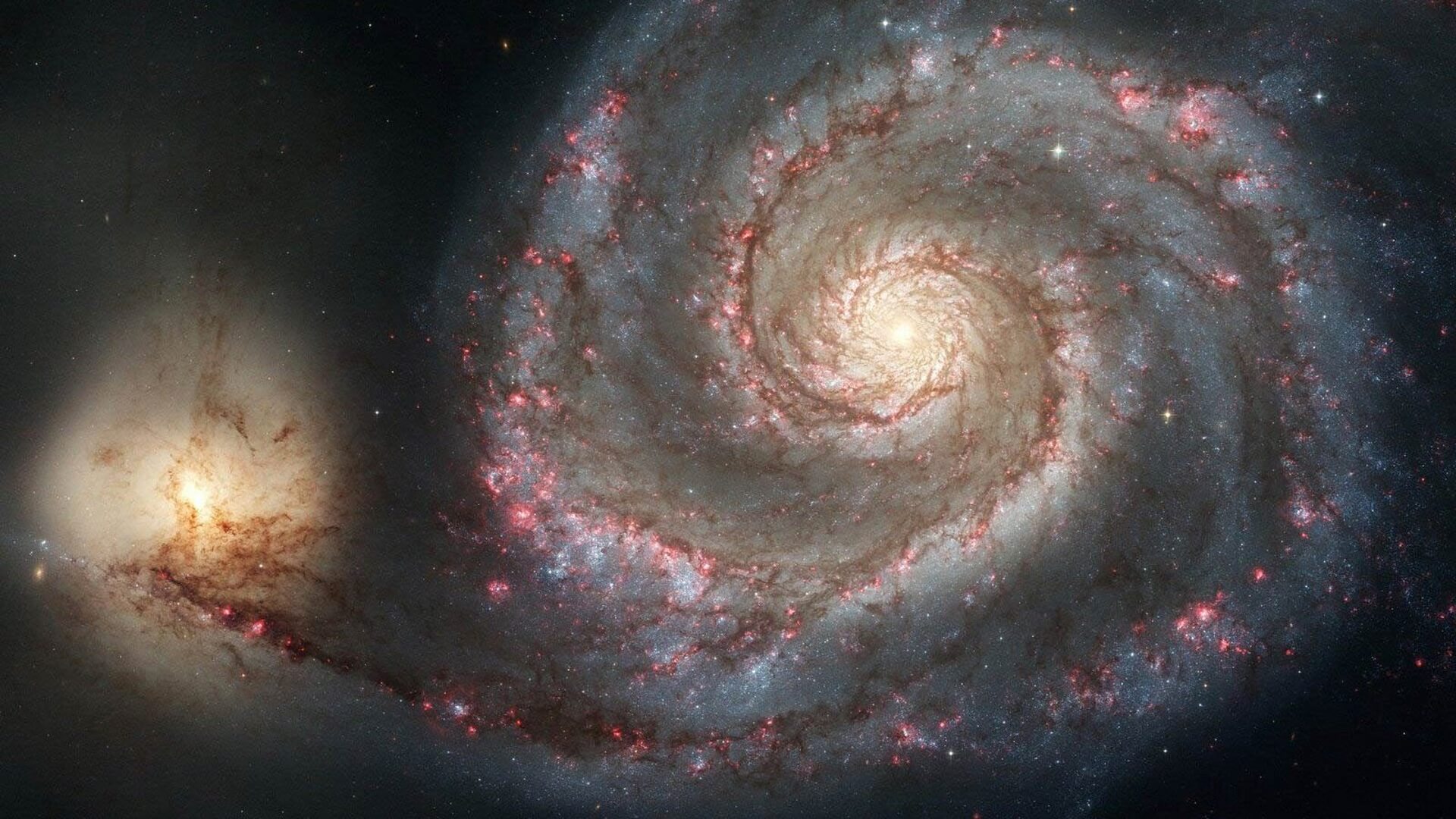
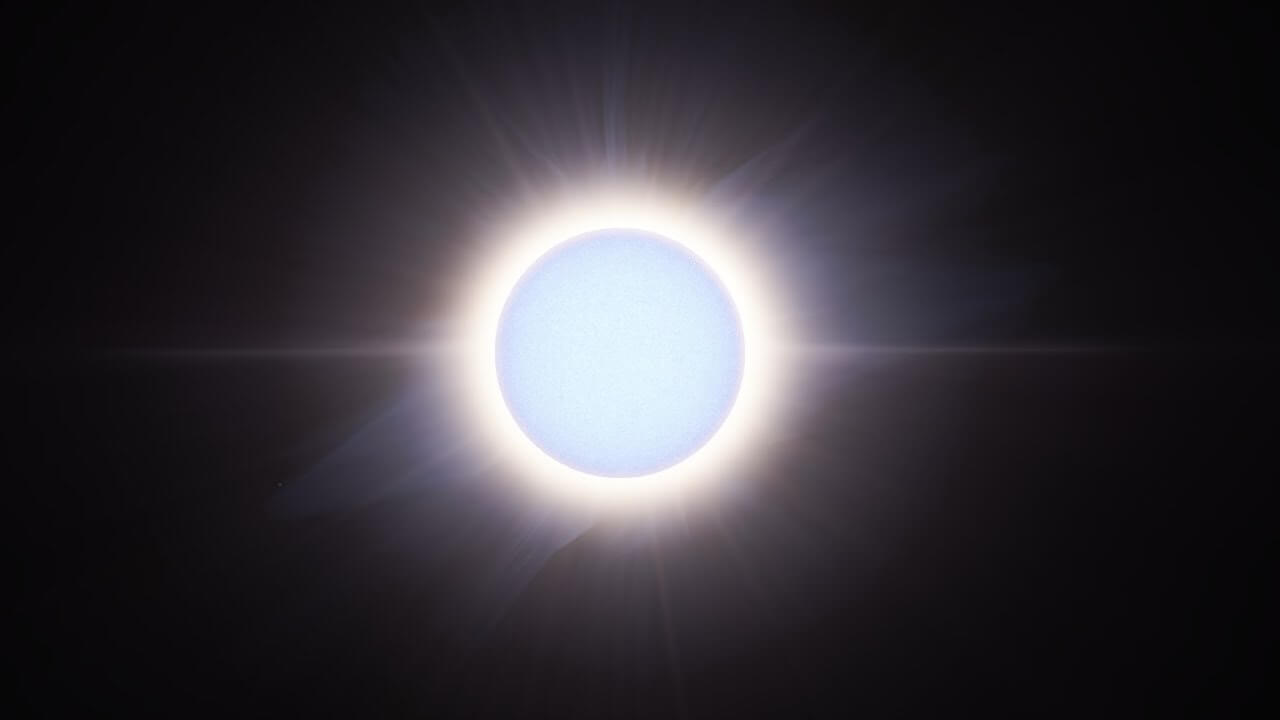
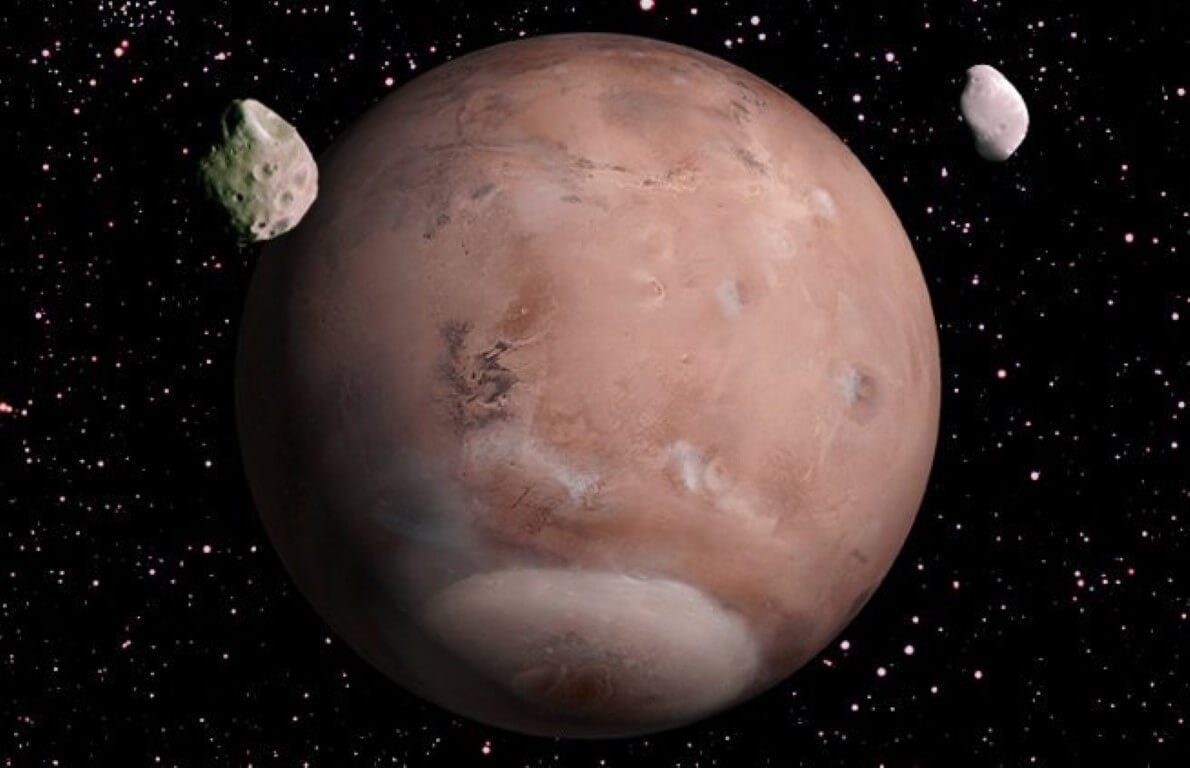
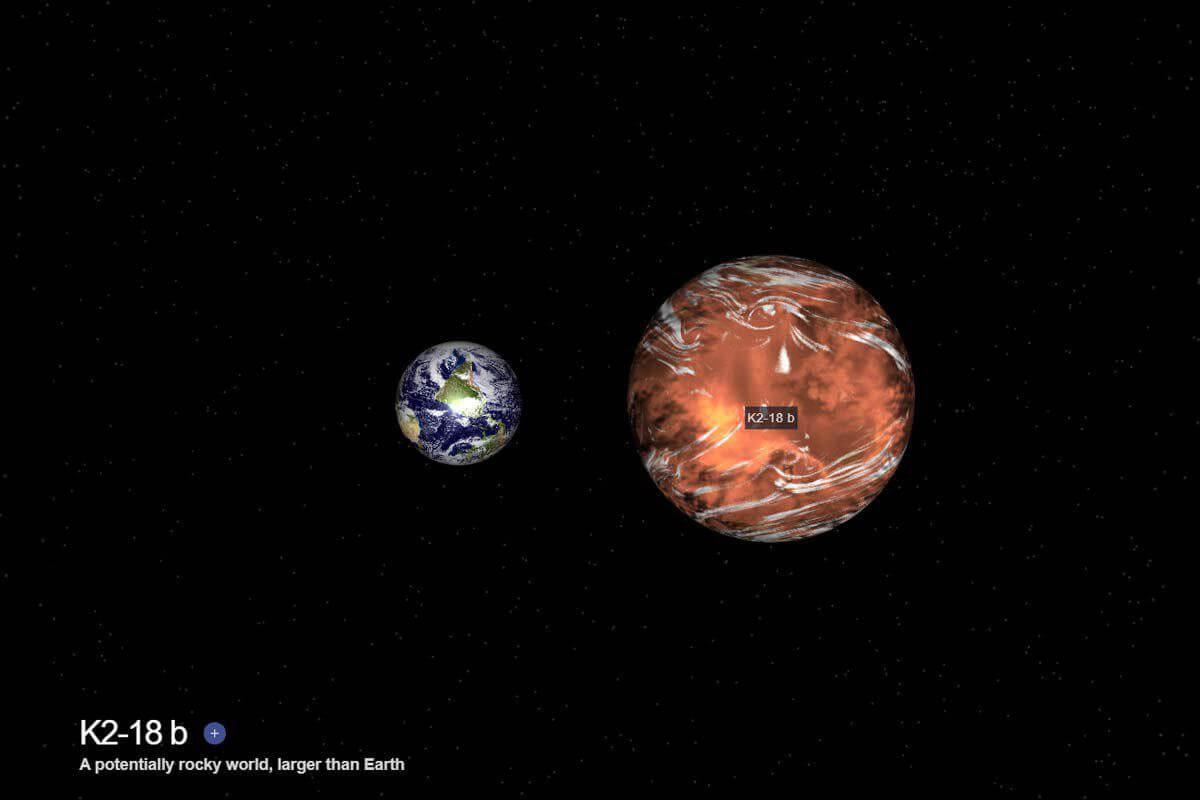



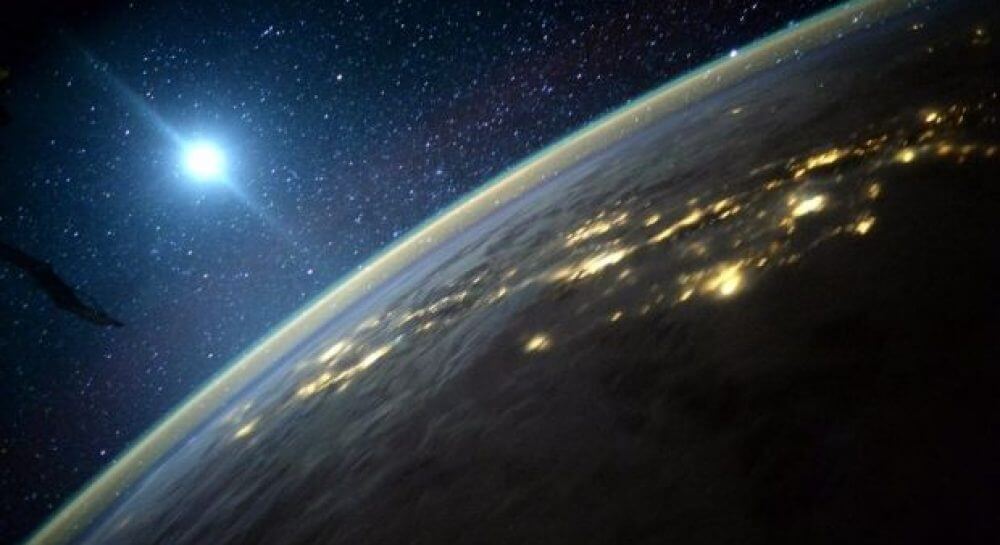
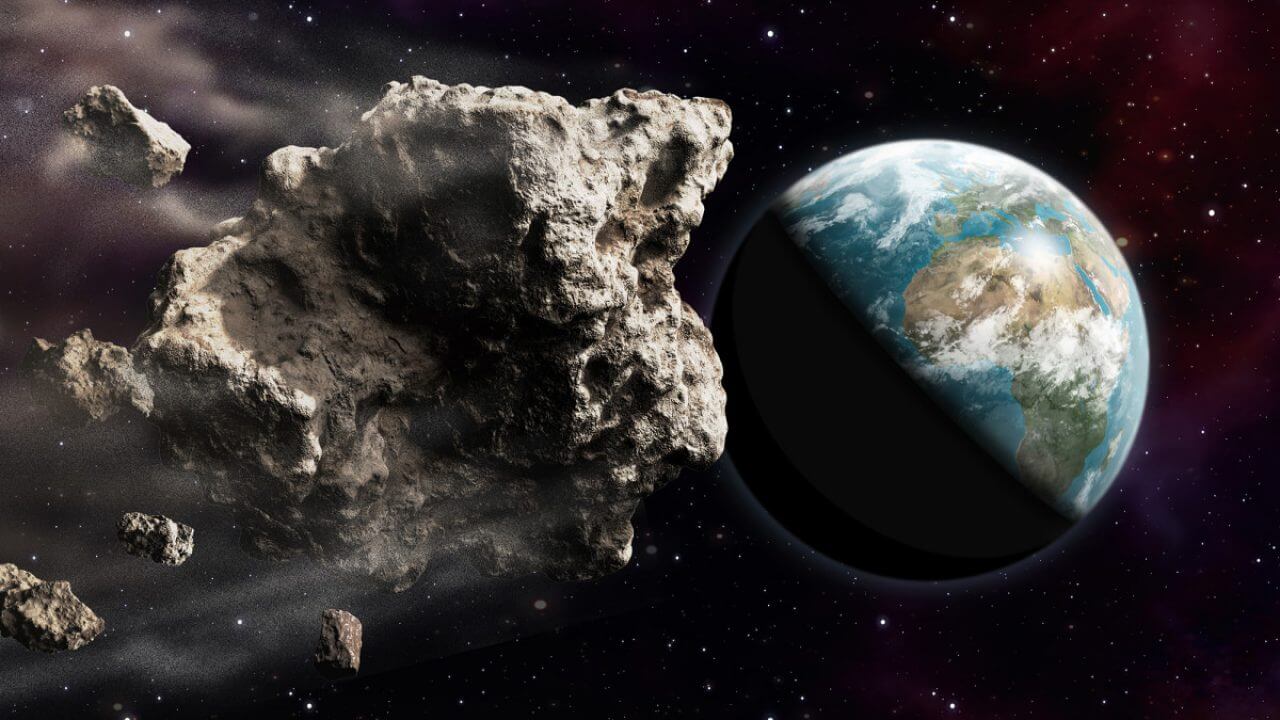

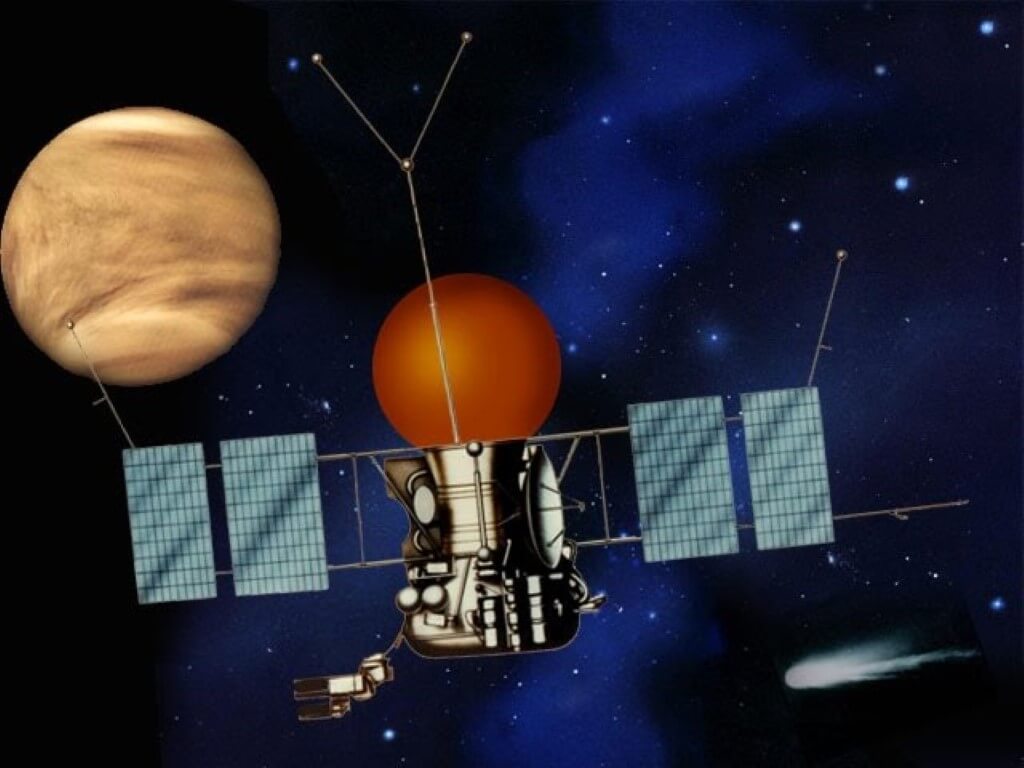
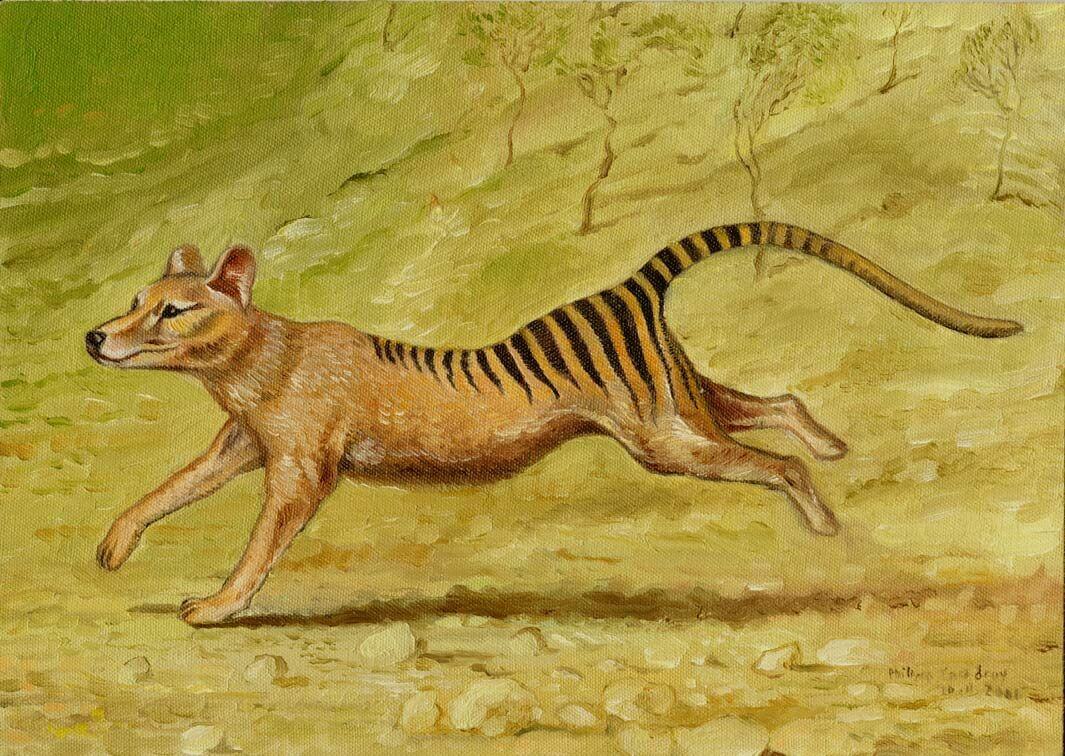


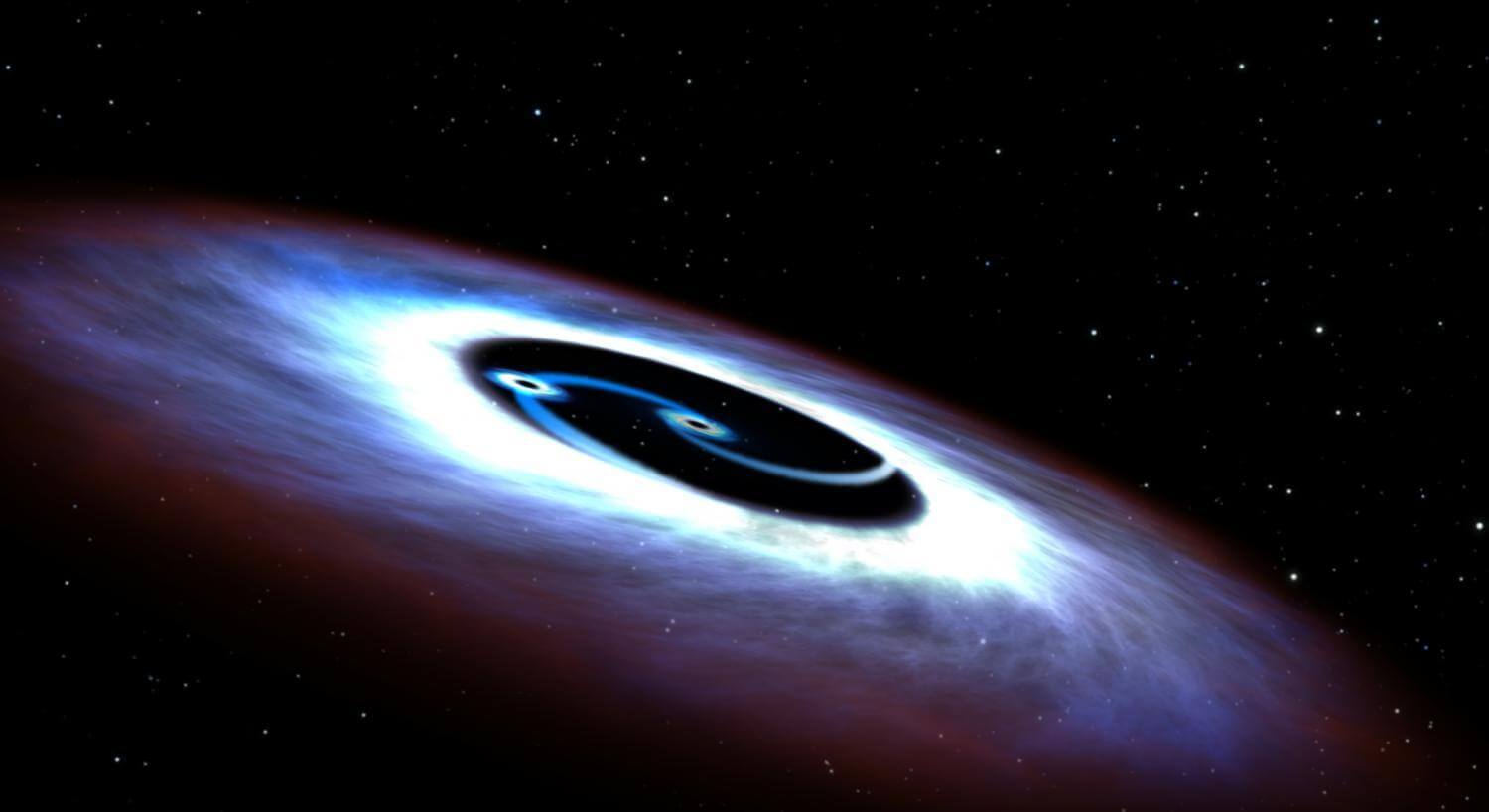
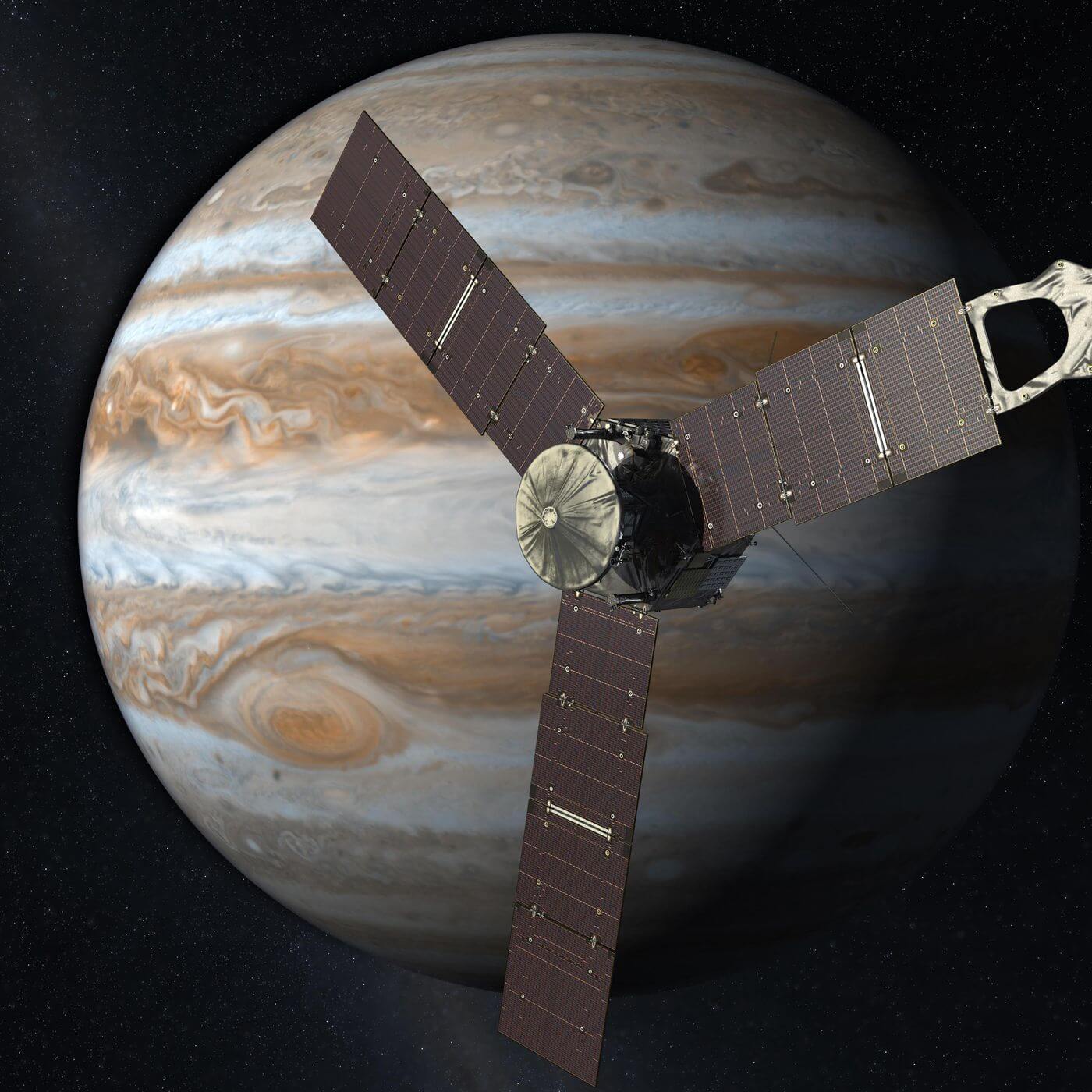
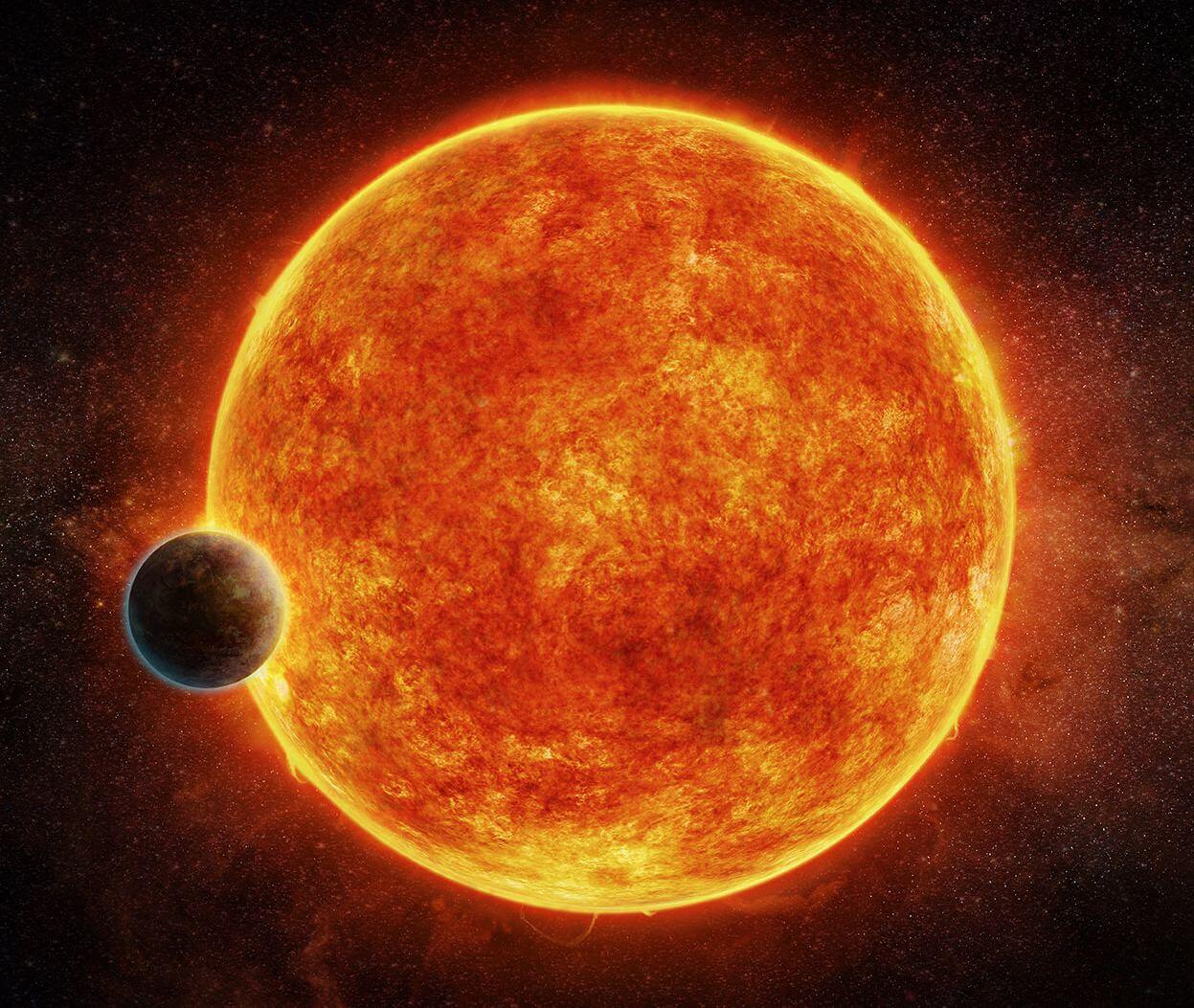
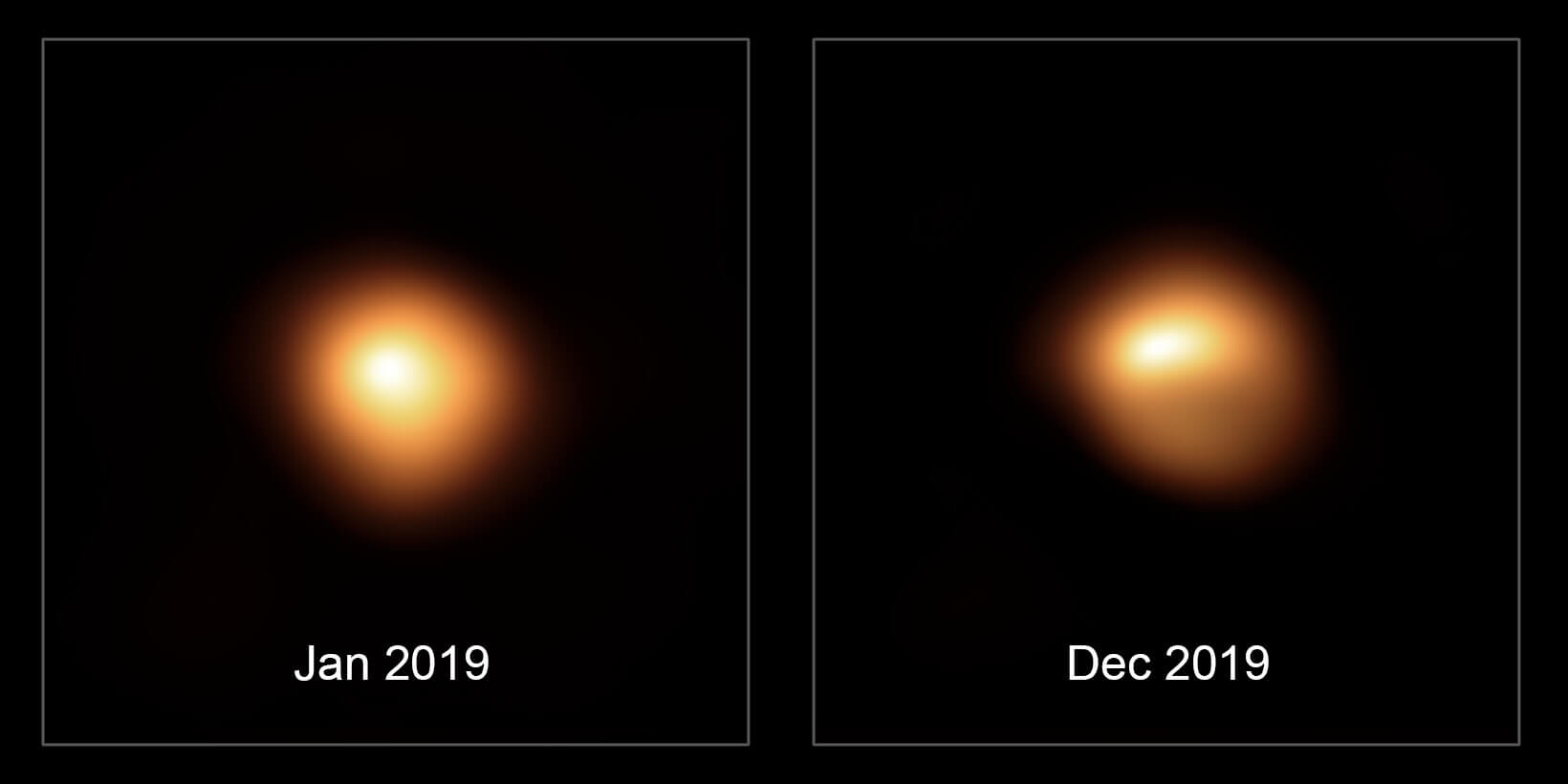
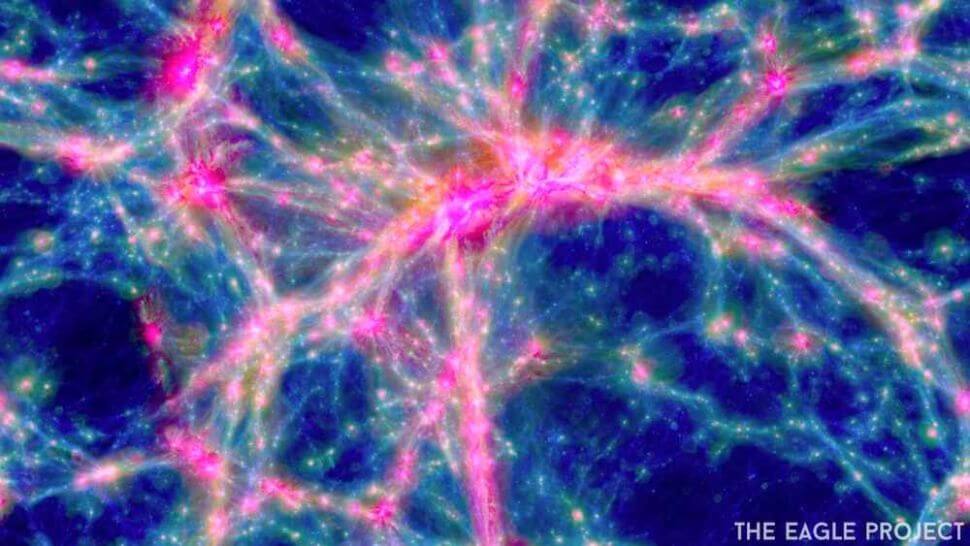
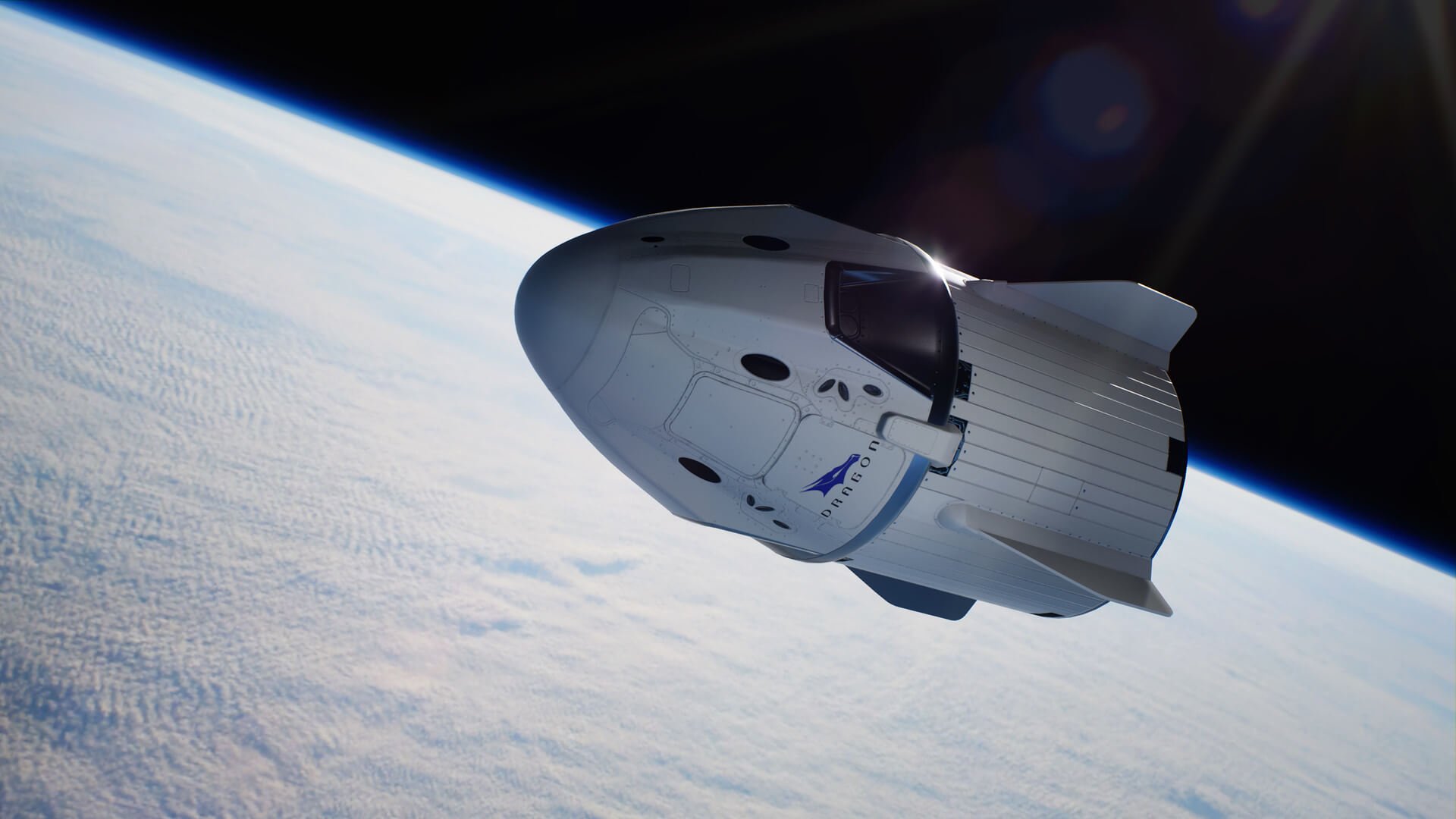
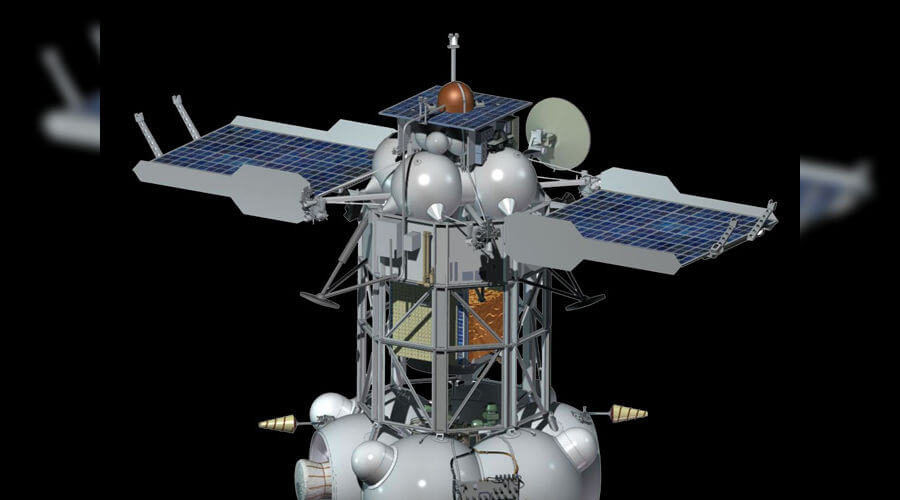

Comments (0)
This article has no comment, be the first!